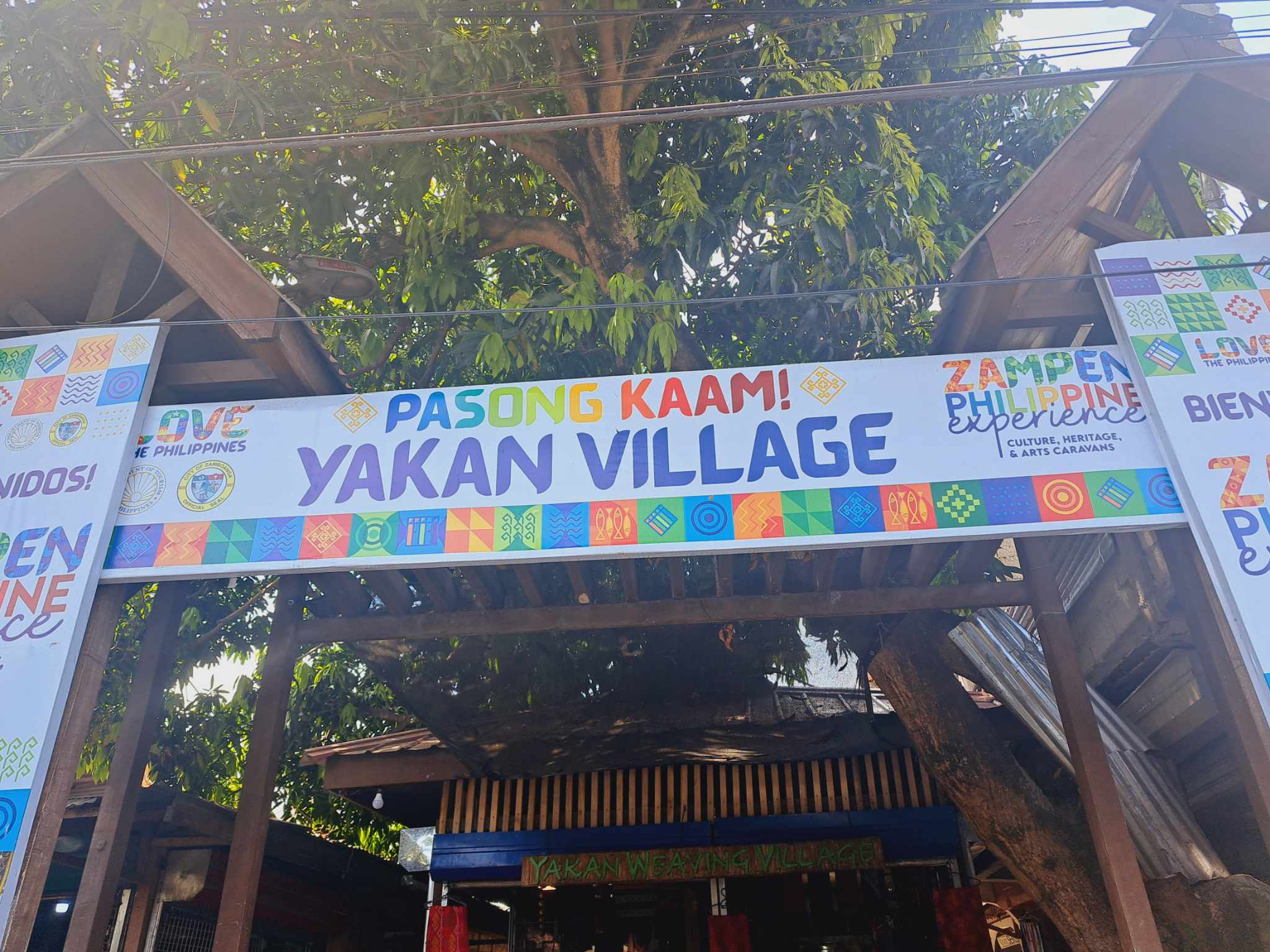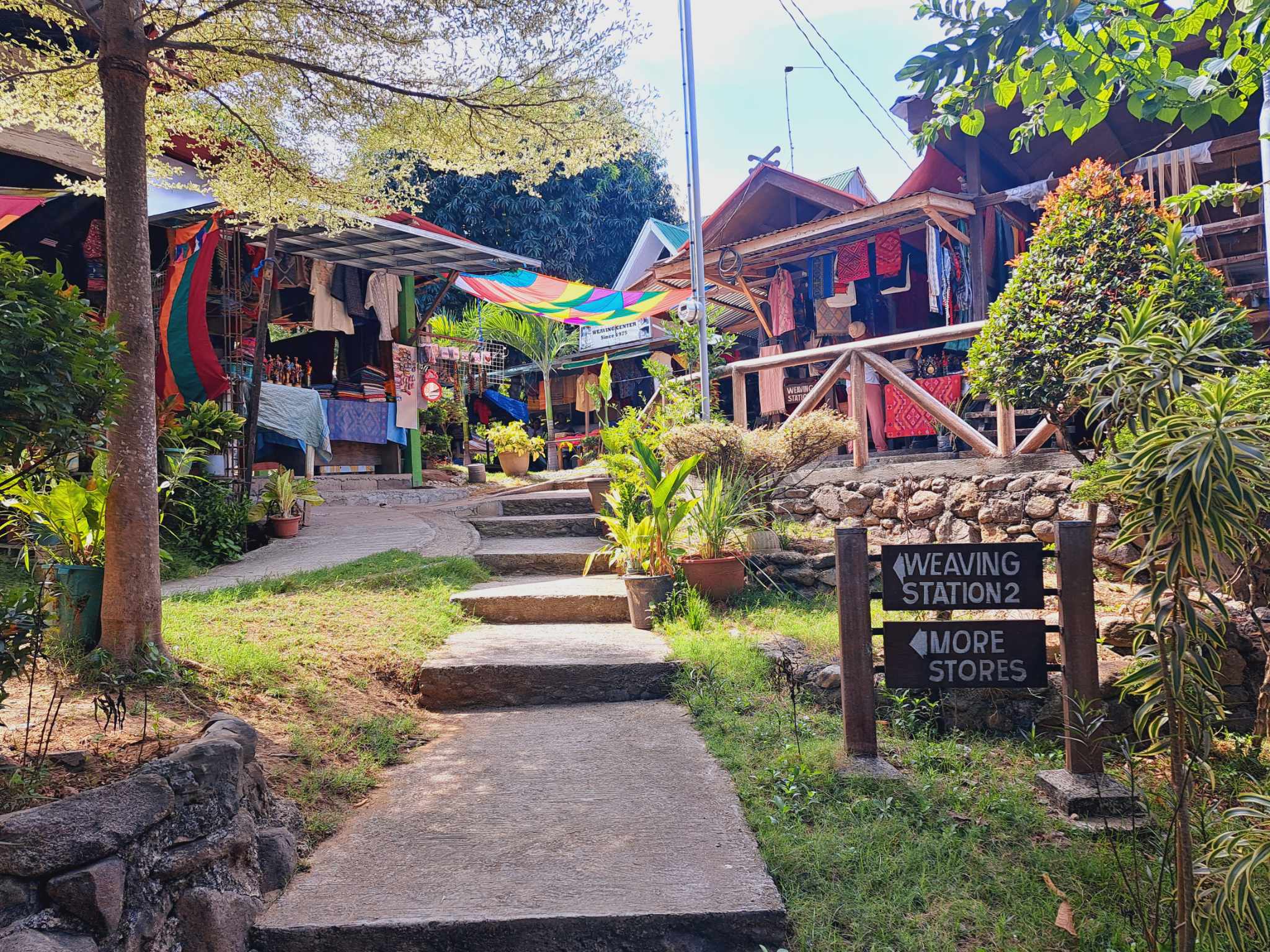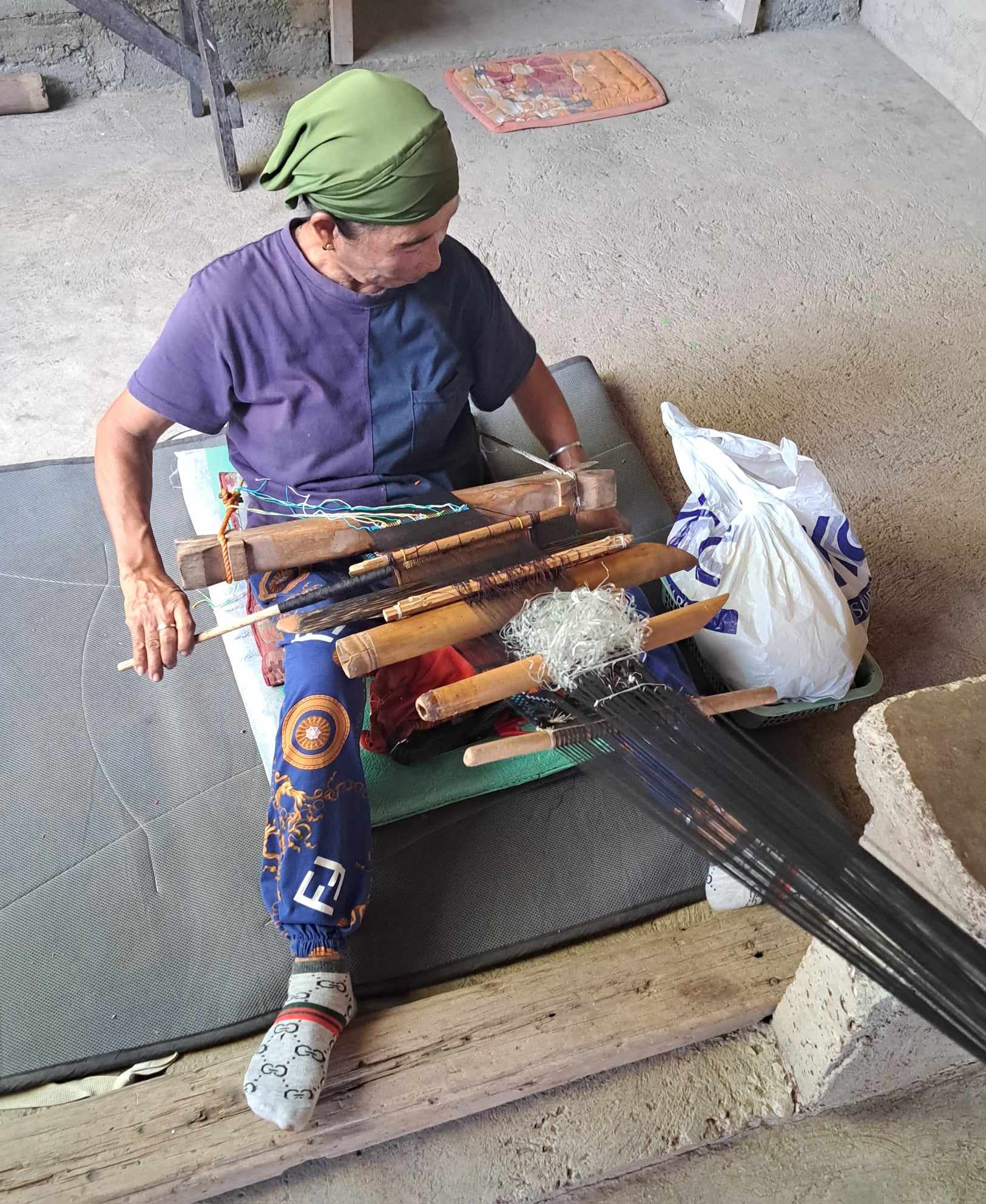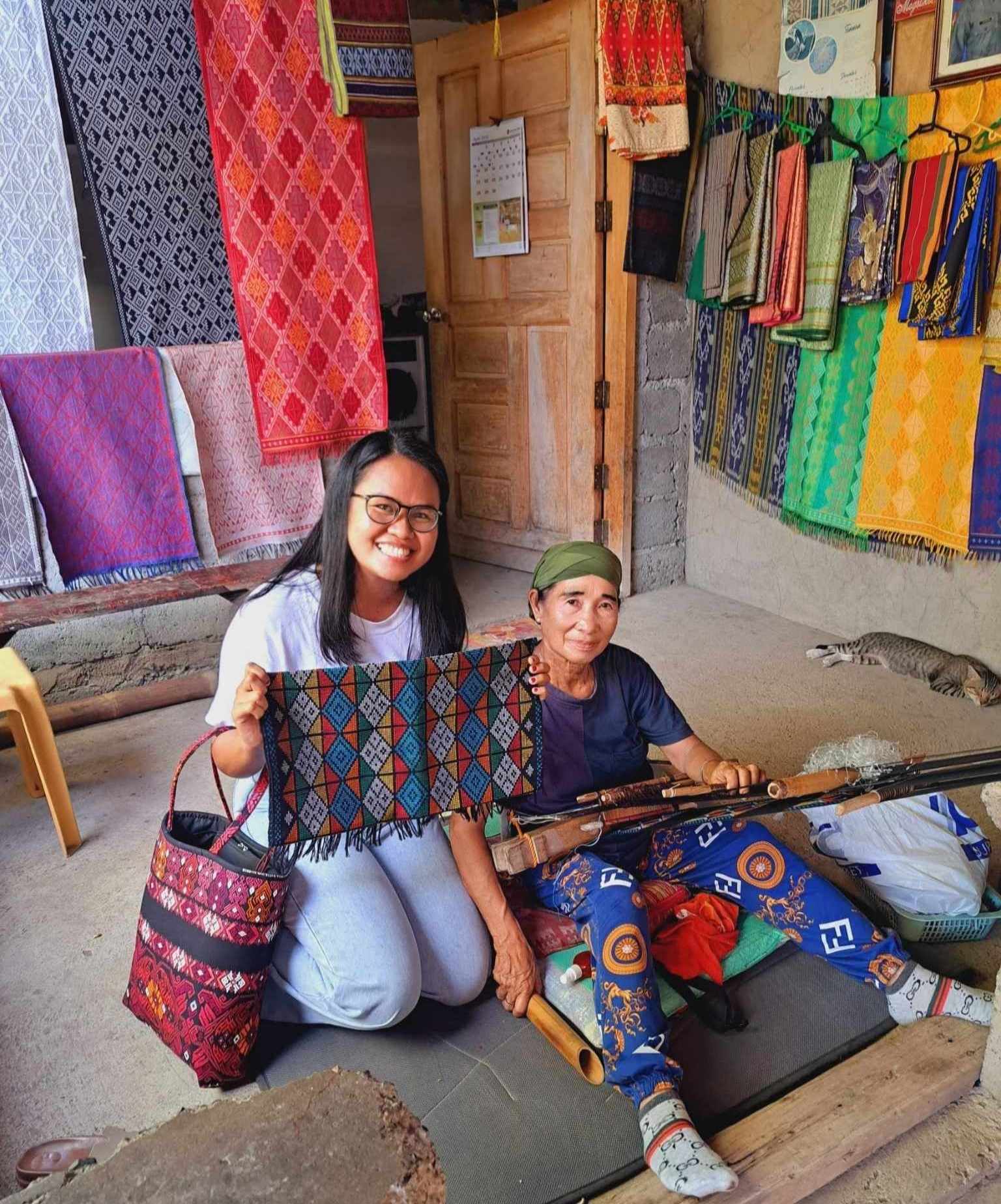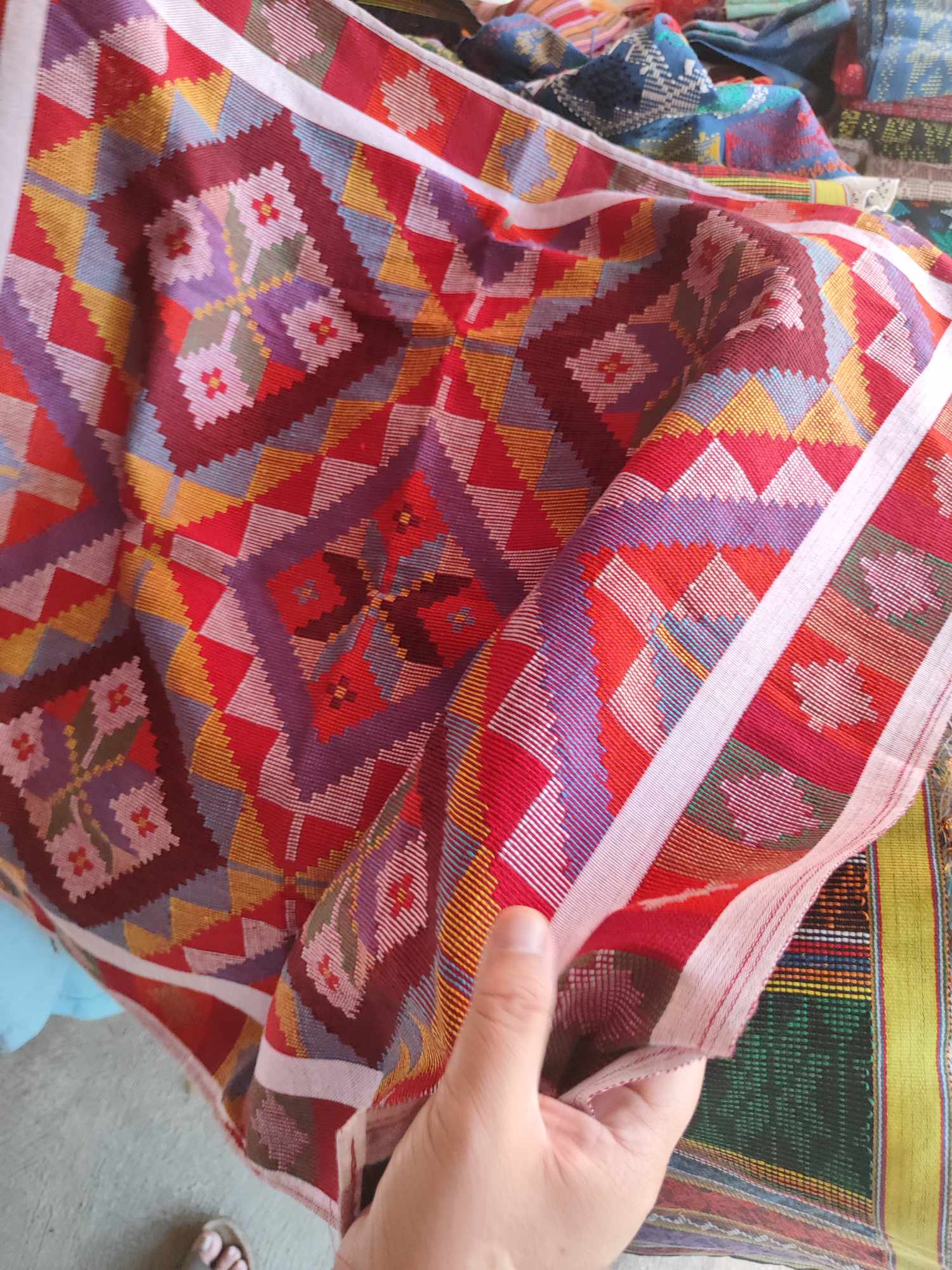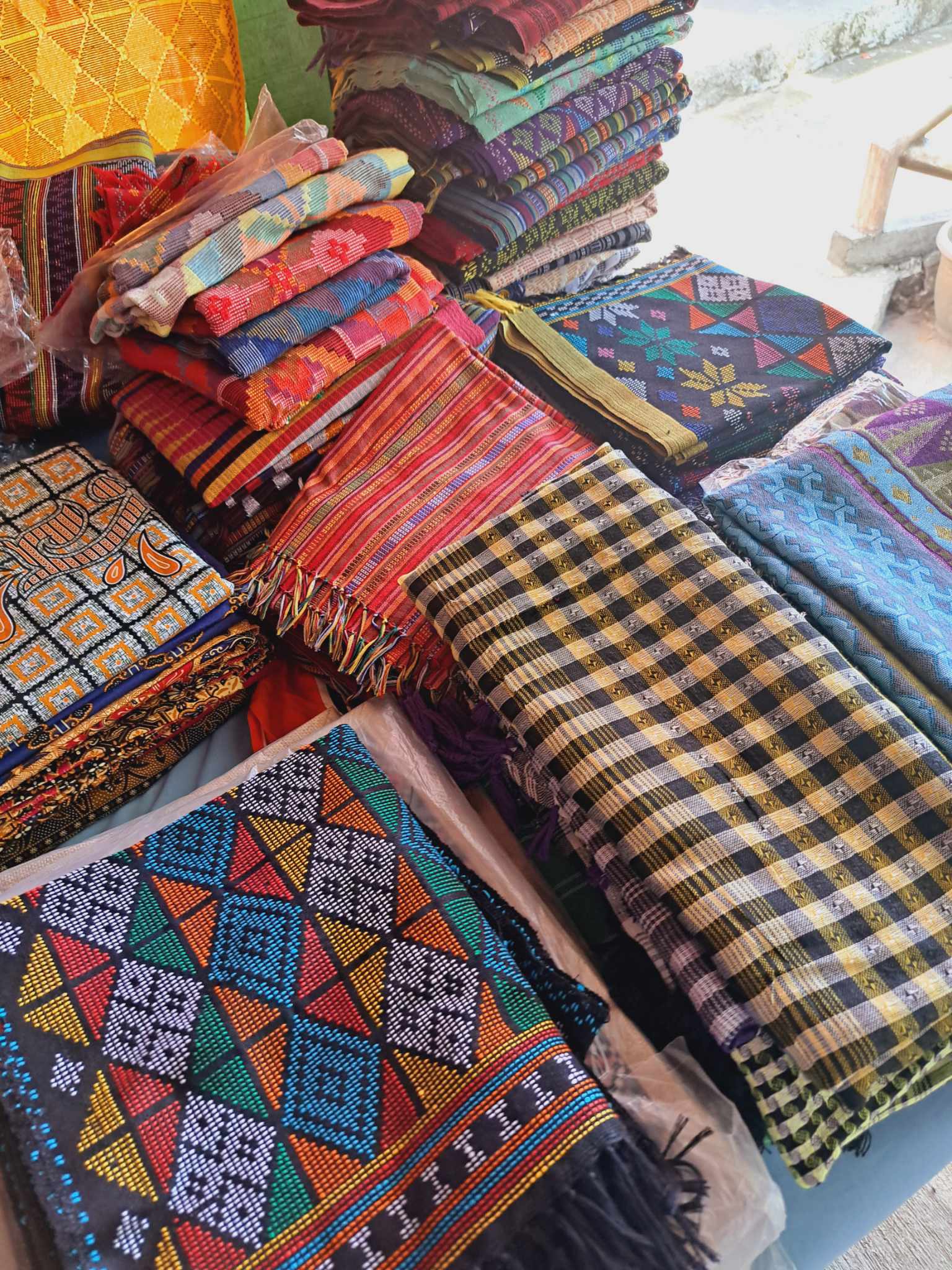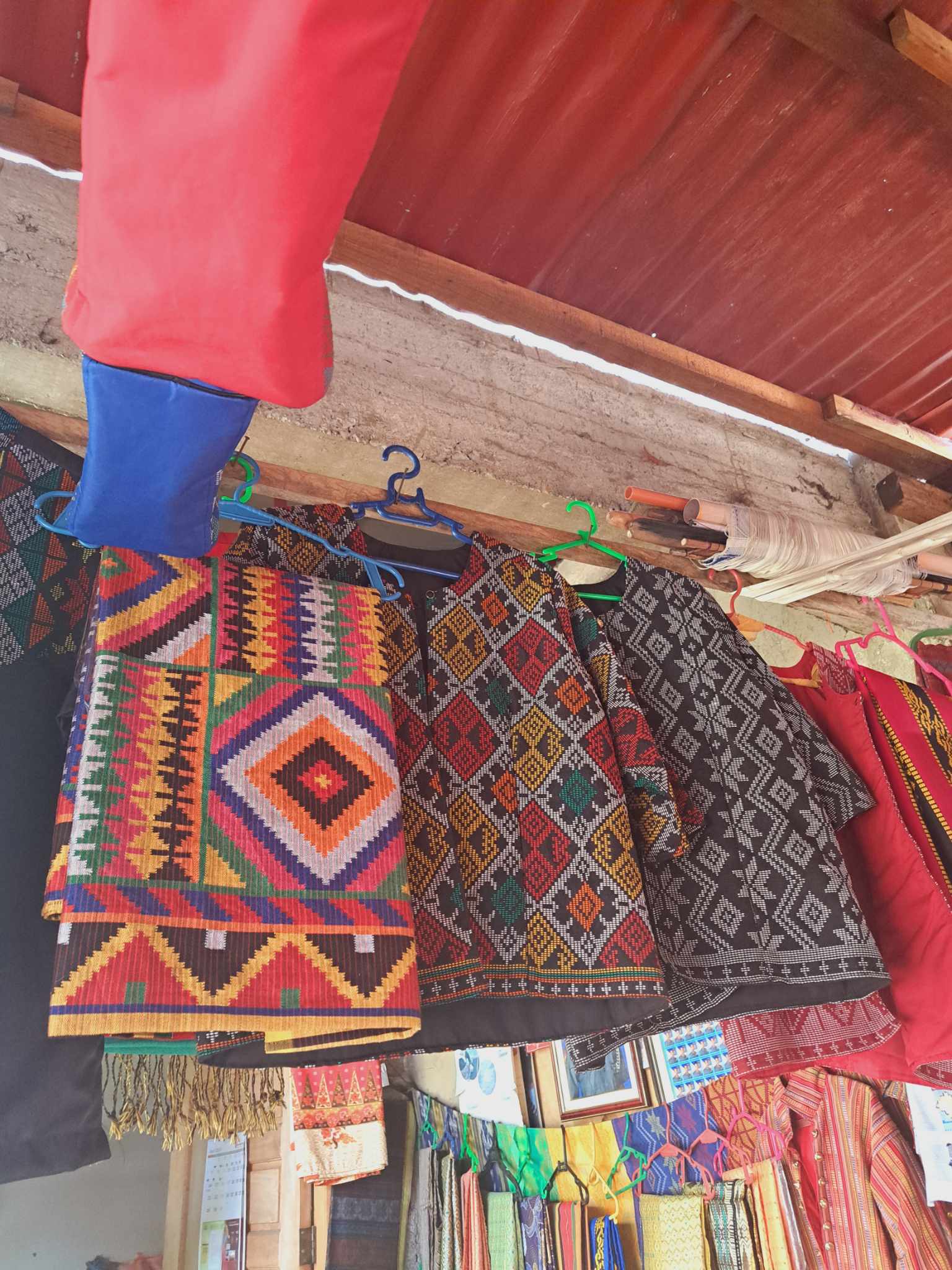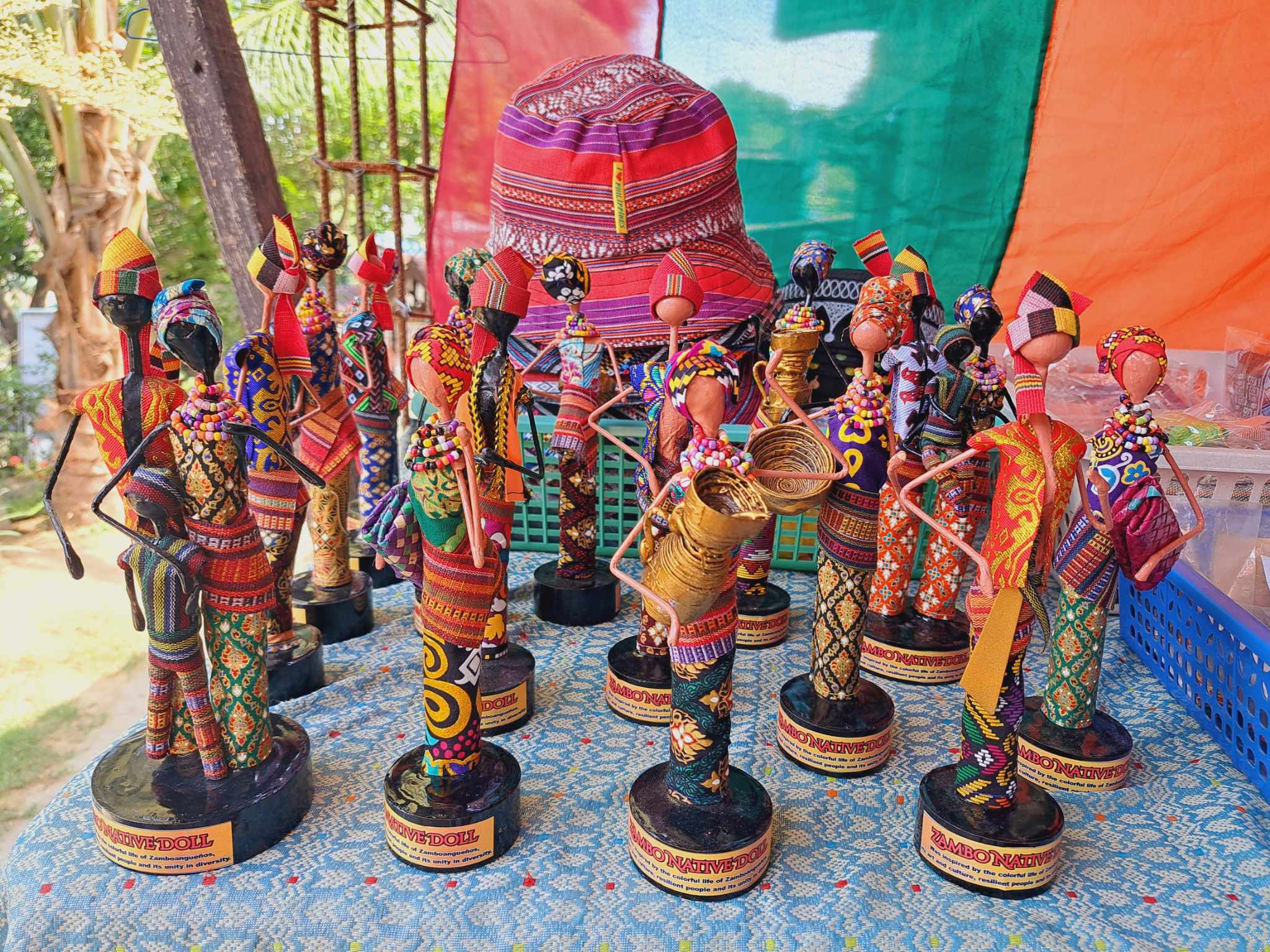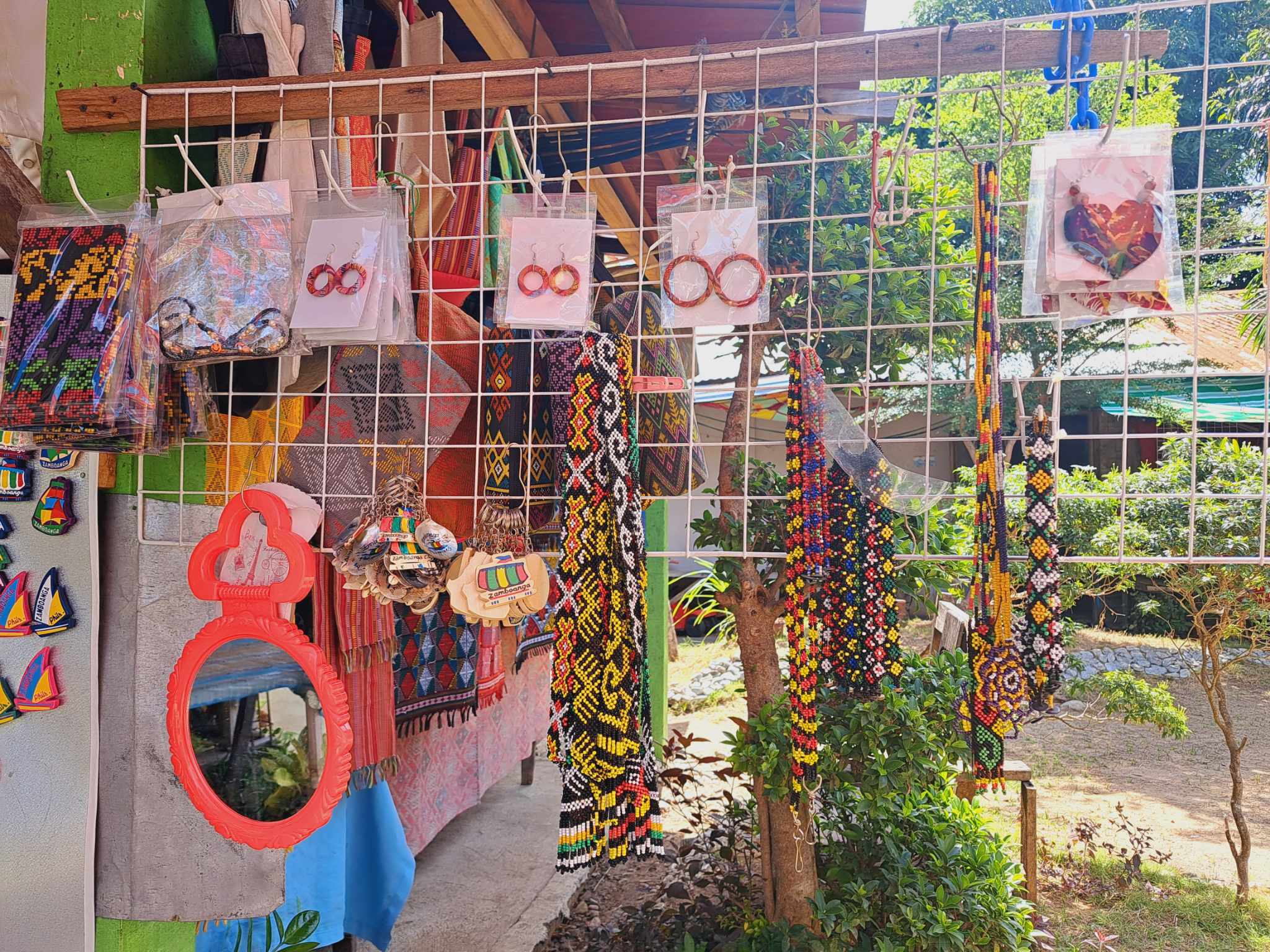In the heart of the Zamboanga City lies a hidden gem, a place where time seems to stand still and the ancient art of weaving comes to life in vibrant hues and intricate patterns- that is, the Yakan weaving village.
The Yakan people are indigenous to the island province of Basilan. However, in the 1970s, due to political unrest, they were compelled to relocate from Basilan to Zamboanga City and other places. Renowned for their exceptional weaving skills, Yakan women are celebrated as some of the finest weavers not only in the Philippines but also across Southeast Asia.
As we set out on our journey to the village, I was filled with anticipation and curiosity. I have long been captivated by the beauty of our country’s weaving industry. Handloom weaving thrives in different parts of the Philippines, showcasing unique styles and techniques indigenous to each region.
I delved into the rich history of Yakan textiles the night before our visit. They are known for their bold colors and geometric designs, and I couldn’t wait to witness the weaving process firsthand.
Upon arrival, we were greeted by a signage saying “Pasong Kaam! Yakan Village”. Several shops welcomed us from the entrance, showcasing different local products of the village. A few steps upward took us to additional shops and weaving stations.
As I watched a weaver at work, I was mesmerized by her skill and precision. With practiced hands, she deftly moved the shuttle back and forth, creating intricate patterns that seemed to materialize out of thin air. Every movement was deliberate, every thread was carefully chosen to create a harmonious blend of colors and textures.
But what struck me most was the spirit of creativity that infused every aspect of the weaving process. While the Yakan people are steeped in tradition, they are also unafraid to experiment and innovate, incorporating new techniques and ideas into their work. As we spoke with the weavers, we learned about their ongoing efforts to adapt to modern tastes and market demands while staying true to their cultural heritage, just like having the products customized with the customer’s name on it and adjust their use of colors to accommodate what their buyers want. Customers have the option to place their orders in advance and provide specific specifications. The processing time depends on the queue of orders. You have the option to select the textile of your choice. Additionally, many designers purchase textiles from them, transforming them into stunning pieces.
It typically takes them around five days to complete a meter of multi-color woven cloth. The complexity of Yakan weaving is segmented into various categories, with Seputangan being the most intricate, crafted solely from memory without any guides. Each category boasts its own distinct style and design. Among the most renowned woven items of the Yakan community is their traditional costume, consisting of a skirt, blouse, and headscarf.
They also sell placemats, coasters, and table runners, Zambo dolls, bags, wallets, earrings and other accessories.
Having to return to Manila, we left the Yakan weaving village with a profound sense of gratitude and admiration for the people we had met. In their humble homes and shops, we had witnessed not just the art of weaving, but a way of life deeply rooted in tradition, community, and creativity.
Moreover, the village serves as a vital economic hub for the Yakan people, providing them with a platform to showcase and sell their handcrafted wares to visitors from around the world. Yakans are hopeful for increased support and visits from both local and foreign tourists to sustain their community. I hope we all support these artisans and help ensure that their craft continues to thrive for generations to come.
The experience left an unforgettable mark on me. And as I carried home a piece of Yakan fabric, woven with love and care by the hands of skilled artisans, I knew that I carried with me not just a souvenir, but a piece of living history that would forever remind me of my journey into the heart of Yakan weaving.

